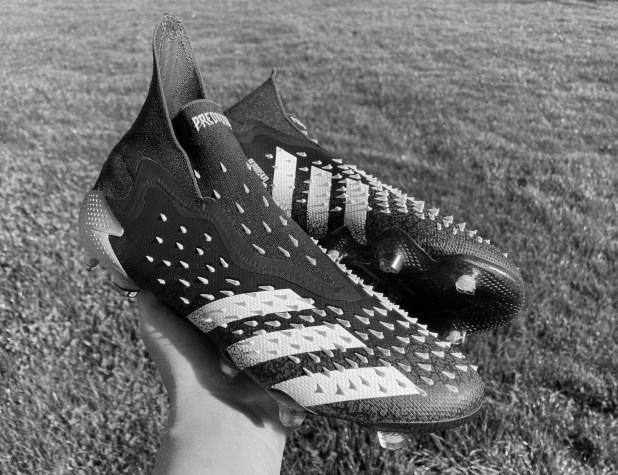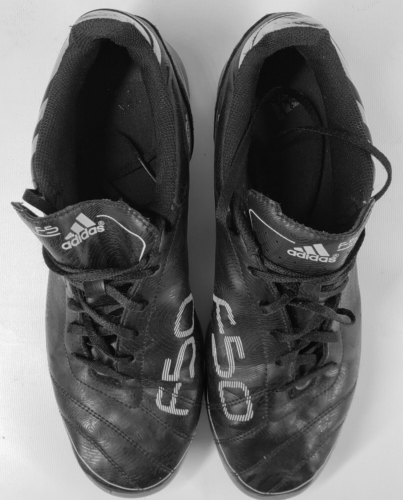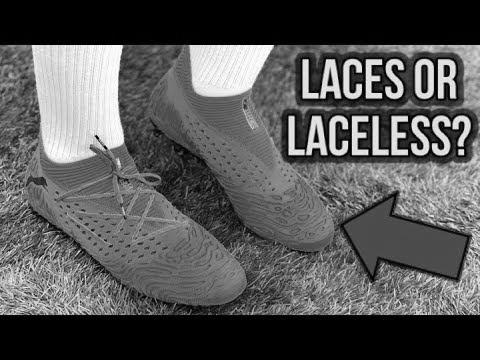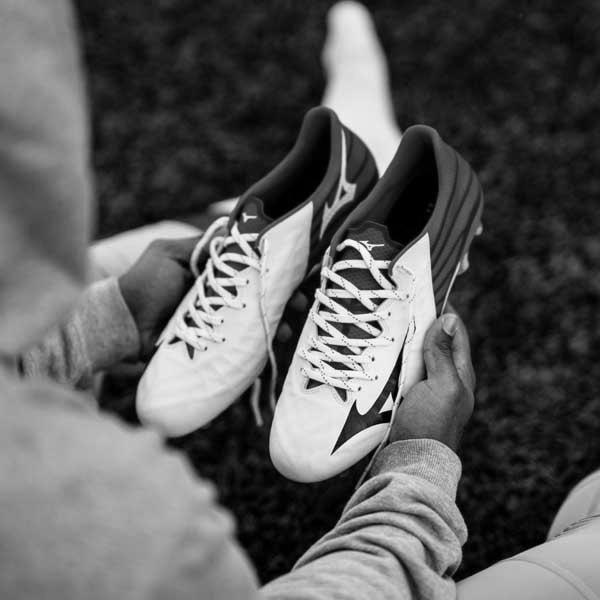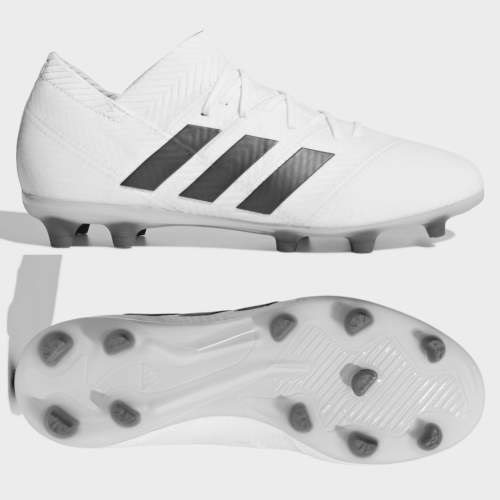The Crimson photo contest is an online tool for IU faculty, staff, and students to submit their images for consideration. You can submit your photo online or submit it at the IU ID office in person. Your photo must be centered and feature your face. If you have a past CrimsonCard, you can have it updated at the CrimsonCard office.
IU faculty, staff, and students can submit a crimson photo online.
IU faculty, staff, and students can now submit a crimson photo online for their identification cards. The online submission process allows applicants to upload an image and any other necessary documentation. After submitting, applicants will receive a confirmation screen and an email notification. If the photo is not accepted, applicants can take another picture or present a valid government photo ID.
To submit a crimson photo online, IU faculty, staff, and students should log into their IU accounts. Once logged in, faculty, staff, and students can select an ID photo from the drop-down menu. The drop-down menu lets applicants choose where their crimson photo will be picked up. Students should select this option if the picture was taken during New Student Orientation.
IU Fort Wayne (IUFW) does not have a physical office for the CrimsonCard. Faculty, staff, and students can submit their crimson photos online using the form below. They will receive an email confirmation within three business days.
The Crimson’s photographers document significant changes at Harvard.
The Crimson is a student newspaper that covers the University. It is run by students who volunteer their time. The staff consists of 90 members who are technically Crimson editors. They are collectively called the “guard” and are chosen for one-year terms.
Since the publication became a civilian organization in 1946, the Crimson has documented many changes at Harvard. For instance, many Crimson alums went on to work in journalism and won Pulitzer Prizes. Photographers have also reported significant changes on campus, including major renovations and the creation of the University’s Health Sciences Center.
Over the past decade, Crimson photographers have documented significant changes at Harvard, including the return of ROTC and the strike by graduate student workers for higher wages. They also have covered the scandal of the nude posture photo scandal. Crimson photographers also document the controversies surrounding a long-time Economics Professor, Roland G. Fryer Jr.
The Crimson also publishes an art point on Tuesdays and a magazine called Fifteen Minutes on Thursdays. The Crimson is a nonprofit, non-governmental organization. The newspaper’s content is made by undergraduates, with help from non-students. Many have worked in the newspaper for years and are considered line members.
The Crimson photographers are making a difference. Their images are featured in a series of exhibitions and are shown in various art galleries worldwide. The exhibit is entitled In History and features over 40 years of work. You can also see their work at the International Center for Photography, which is touring Europe.
Many students will remember a time when students had to pose for nude photographs as part of the admissions process. Thousands of students would arrive on campus, strip down, and pose for the photos with four-inch metal pins sticking out their spines. But as the University grew, so did its diversity.
The class of 2004 was much more diverse than it was in the past. The majority of accepted students were nonwhite and received financial aid. The number of women and students of color increased, with only a tiny minority of white applicants. Despite these changes, white students with higher family incomes constituted about fifteen percent of the admitted class, a small fraction of the U.S. population.
The Crimson’s photographers document significant changes at IU.
Indiana University has an extensive student life program. Over 750 organizations are active on campus, and nearly 17 percent of students are involved in Greek life. The University’s athletic teams compete in Division I of the NCAA. They are the Indiana Hoosiers and play in the Big Ten Conference. Though the University does not have a mascot, it does have a tradition of supporting athletic teams.
The campus has changed significantly since the 1950s. The Works Progress Administration constructed much of the campus’s core. Most of the campus’s land was acquired during this time, and the campus grew in size from 5,403 students in 1940 to 30,368 students in 1970. Many buildings underwent expansions to accommodate the growing number of students on GI Bills.
IU students are also making an impact on the world. Some have co-founded it Forward, an initiative that provides free mentoring to aspiring medical professionals. This program is aimed at underrepresented minorities, first-generation college students, and people with disabilities who want to enter the medical field.
The University has a $42 million endowment, the largest in the Big Ten. The Varsity Club, IU’s fundraising arm, drew a record $11.5 million in gifts in 2004-05. Overall annual giving at IU has increased by 8.3 percent in the past year and 44.8 percent in the last three years.
